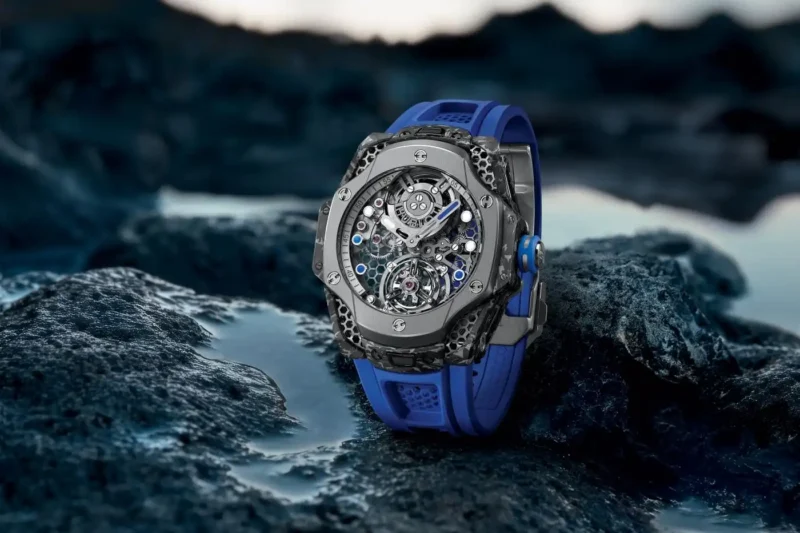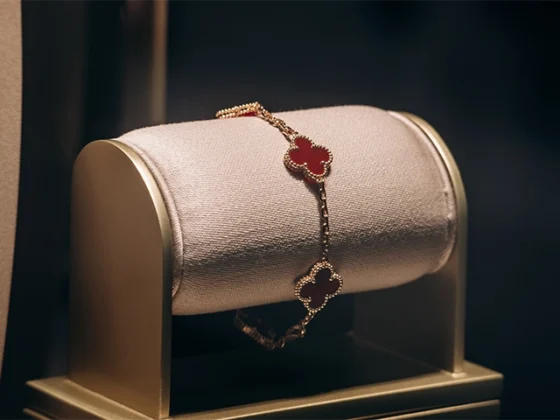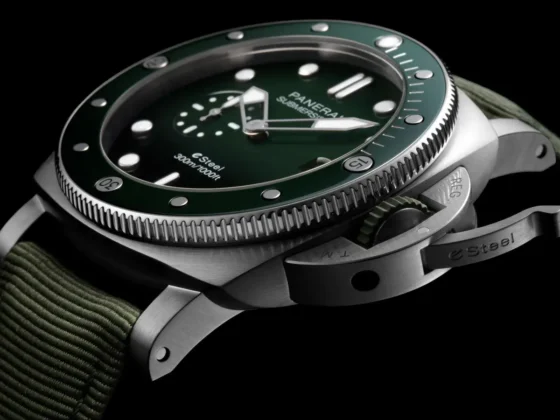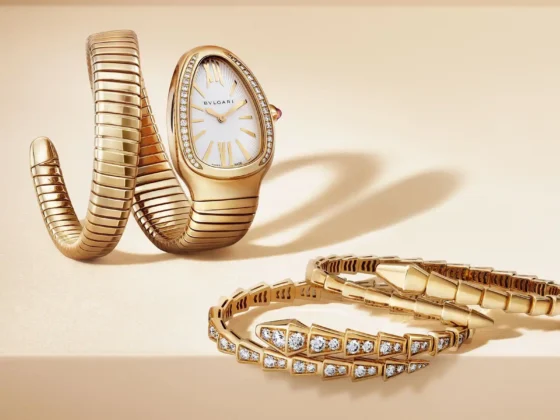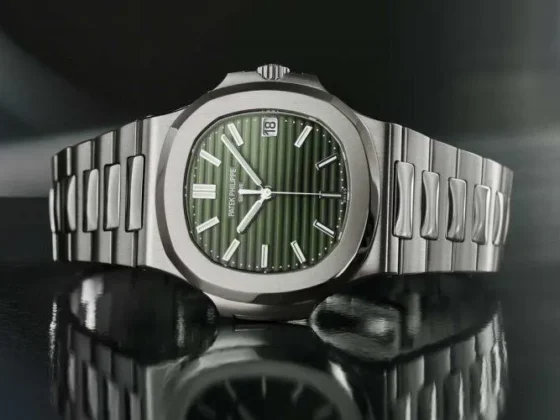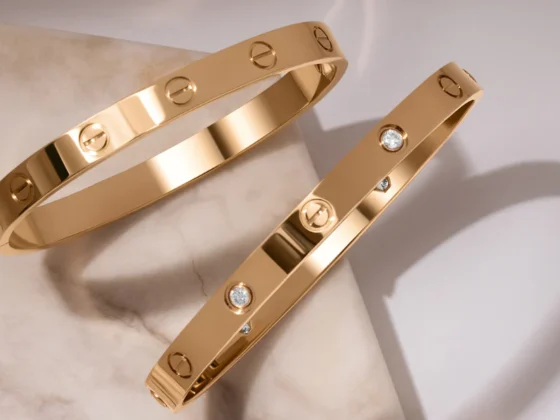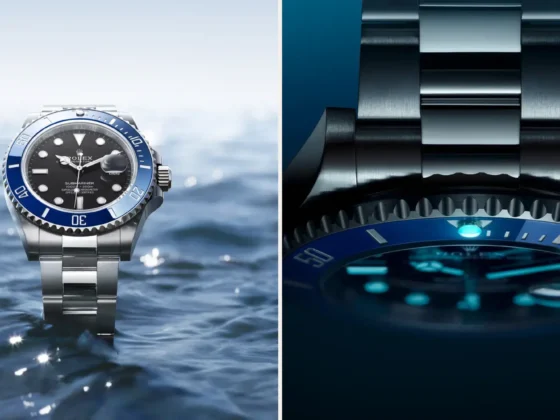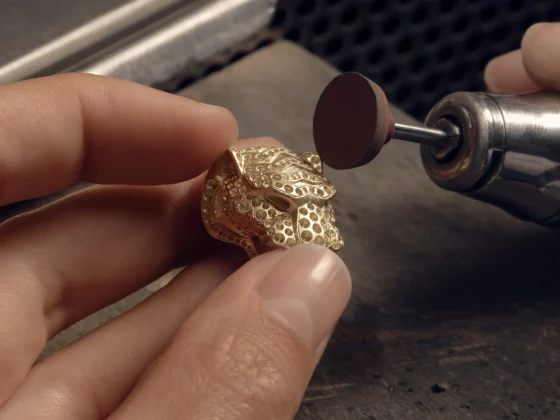Swiss watchmaking, known for its unparalleled craftsmanship and precision, is entering a new era: one defined by sustainability. In response to growing consumer demand for eco-conscious luxury, leading Swiss watchmakers are adopting sustainable practices throughout their production processes. Iconic brands like Omega, Vacheron Constantin, and others are integrating green innovation into their manufacturing, from sourcing ethical materials to implementing environmentally friendly production techniques.
This article explores how Swiss watch brands are paving the way for a more sustainable future, while maintaining their commitment to precision, design, and luxury.
Ethical Sourcing of Materials
One of the key areas where Swiss watchmakers are focusing their sustainability efforts is in the sourcing of raw materials. Traditionally, the luxury watch industry has relied on precious metals, diamonds, and other materials that can have a significant environmental impact. However, brands are now turning to ethical sourcing as a way to reduce their footprint and ensure that their watches are as sustainable as they are luxurious.
Omega, for example, has made strides in responsible sourcing, ensuring that the gold used in its timepieces is sourced from conflict-free mines that adhere to strict environmental and social standards. The brand is also a member of the Responsible Jewellery Council (RJC), which certifies the ethical sourcing of gold, diamonds, and other precious materials.
Similarly, Vacheron Constantin has committed to using sustainably sourced materials, such as recycled gold and ethically produced leather, in its collections. By doing so, these brands are not only reducing the environmental impact of their watches but also providing transparency to consumers who are increasingly seeking products aligned with their values.
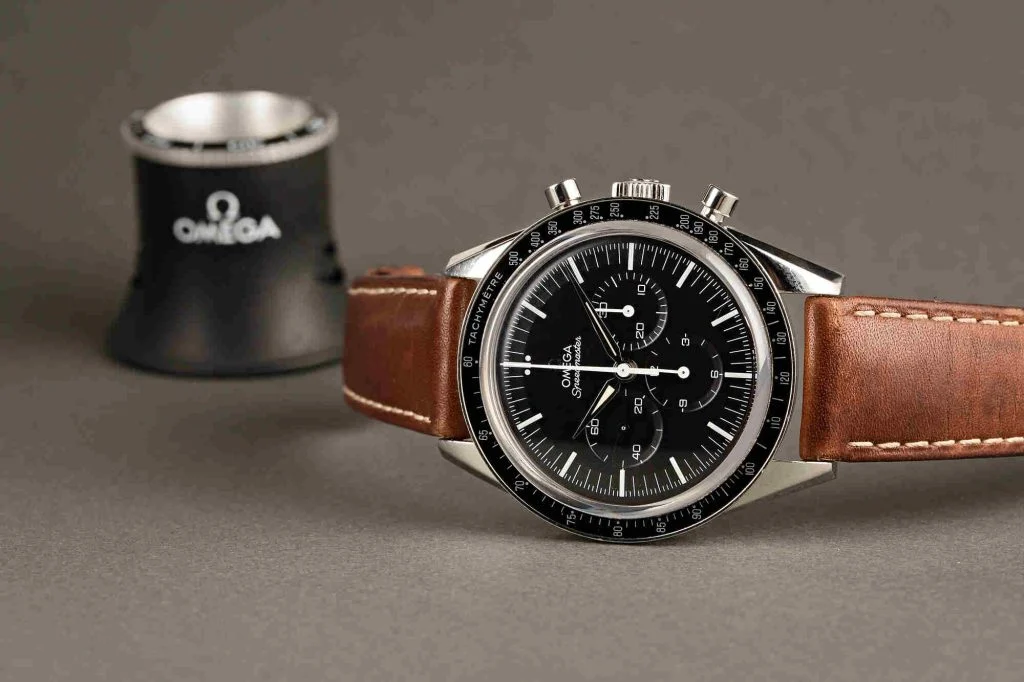
Sustainable Manufacturing Techniques
In addition to ethical sourcing, Swiss watchmakers are adopting sustainable manufacturing processes to minimize their carbon footprint. Many leading brands are investing in renewable energy, waste reduction, and water conservation initiatives at their manufacturing facilities.
For instance, Vacheron Constantin has implemented energy-efficient practices across its operations, using solar power and other renewable energy sources to reduce its environmental impact. The brand’s headquarters in Geneva is also certified as a LEED (Leadership in Energy and Environmental Design) building, highlighting its commitment to sustainability at every level.
Omega has also been at the forefront of sustainable manufacturing. The brand’s state-of-the-art production facilities are designed to minimize energy consumption and waste. Omega has also reduced its use of harmful chemicals in the production of its watches, opting for more environmentally friendly alternatives without compromising the quality and durability of its timepieces.
Innovation in Sustainable Materials
Swiss watchmakers are leading the charge in experimenting with innovative materials that are both luxurious and eco-friendly. The use of recycled materials, such as recycled steel and titanium, is becoming increasingly common in high-end watches, helping to reduce the environmental impact of mining for new resources.
Omega recently introduced a new range of watches that use recycled ocean plastic in their straps, showcasing the brand’s commitment to sustainability and innovation. These materials are not only environmentally friendly but also add a unique design element to the timepieces, reflecting Omega’s dedication to merging style with sustainability.
Brands are also exploring the use of vegan leather and other alternative materials in place of traditional animal-derived products. Hublot, another major Swiss watch brand, has experimented with ceramic and carbon fiber, which are not only durable but also less resource-intensive to produce than conventional materials.
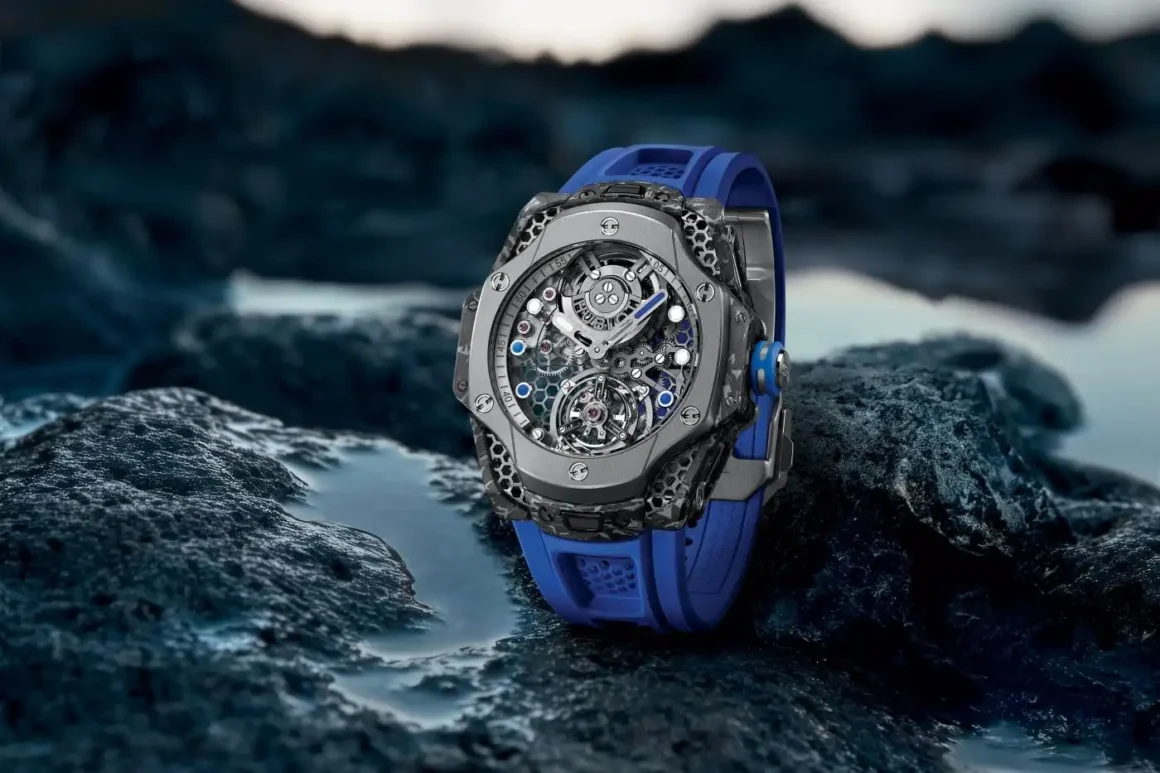
Transparency and Certifications
Transparency is crucial for consumers who are increasingly concerned with how their products are made. Swiss watch brands are responding by obtaining certifications that guarantee their sustainability efforts and ethical practices.
As members of the Responsible Jewellery Council and other certification bodies, brands like Omega and Vacheron Constantin provide assurance that their timepieces meet the highest standards of environmental and ethical responsibility. These certifications cover the entire supply chain, from mining to manufacturing, ensuring that every component of the watch is produced in a socially and environmentally conscious manner.
In addition to certifications, brands are becoming more transparent in communicating their sustainability initiatives to consumers. Websites and marketing materials now often include detailed information about the materials used in their products and the steps they are taking to reduce their environmental impact.
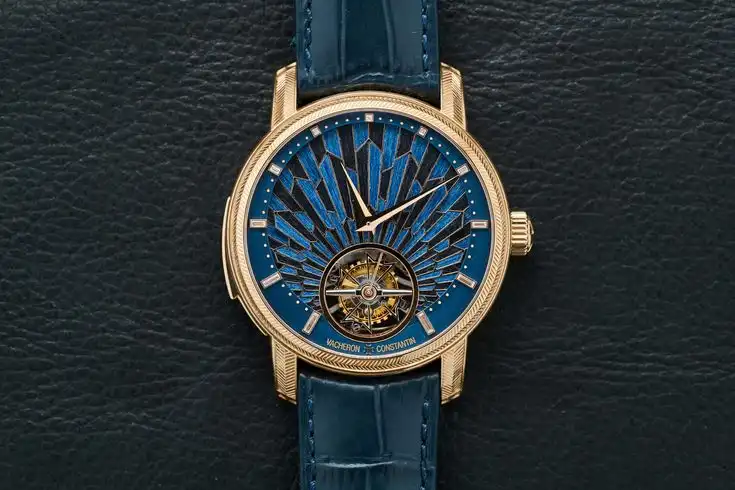
The Role of Innovation in Swiss Watchmaking Sustainability
Swiss watchmakers have always been at the forefront of innovation, and this tradition continues as they explore new ways to make their products more sustainable. From solar-powered movements to the use of biodegradable packaging, brands are pushing the boundaries of what it means to create a luxury timepiece.
One example of green innovation is the development of solar-powered watches and kinetic energy systems, which eliminate the need for disposable batteries. These systems harness natural energy sources to power the watch, reducing both waste and the need for environmentally harmful battery production.
Brands are also exploring ways to extend the lifespan of their watches, promoting a more circular economy. By creating products that are designed to last for generations and offering comprehensive repair services, Swiss watchmakers are reducing the demand for new resources and encouraging a culture of longevity.
Consumer Demand for Sustainable Luxury
Consumer demand is one of the driving forces behind the shift toward sustainability in the luxury watch industry. Millennials and Gen Z are particularly vocal about their desire for products that align with their values, and they are willing to pay a premium for timepieces that are both luxurious and eco-conscious.
In response, Swiss watchmakers are not only adopting sustainable practices but also promoting these efforts as part of their brand identity. Brands like Omega and Vacheron Constantin are positioning themselves as leaders in sustainable luxury, appealing to a new generation of environmentally conscious consumers who expect more from the brands they support.
Conclusion
The future of Swiss watchmaking is undeniably linked to sustainability. As leading brands like Omega and Vacheron Constantin continue to innovate in their use of materials, sourcing, and manufacturing processes, they are setting new standards for the entire luxury industry. By embracing green innovation and responding to consumer demand for eco-friendly products, these Swiss watchmakers are not only preserving the tradition of horological excellence but also ensuring a more sustainable future for the luxury market.


